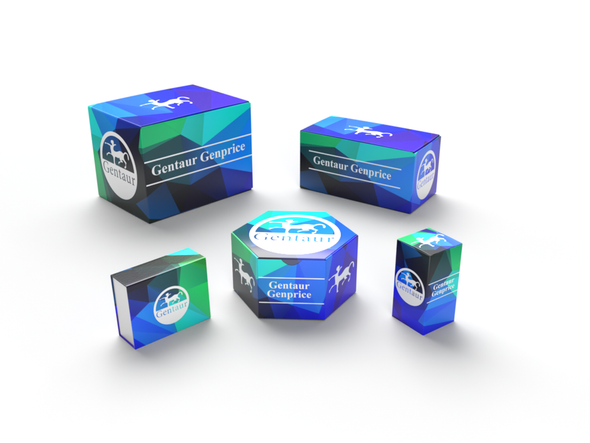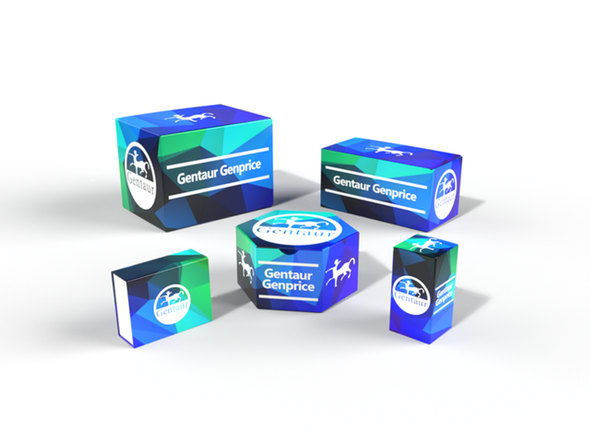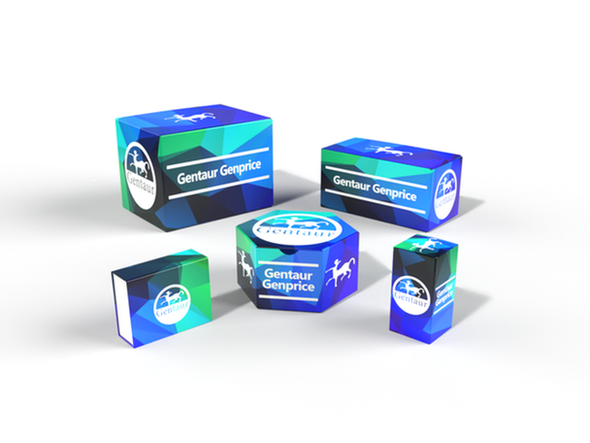Description
UGT1A1 Antibody | 57-373 | Gentaur UK, US & Europe Distribution
Host: Rabbit
Reactivity: Human
Homology: N/A
Immunogen: This UGT1A1 antibody is generated from rabbits immunized with a KLH conjugated synthetic peptide between 65-90 amino acids from the N-terminal region of human UGT1A1.
Research Area: Obesity, Signal Transduction
Tested Application: WB, IHC-P, IF
Application: For WB starting dilution is: 1:1000
For IF starting dilution is: 1:10~50
For IHC-P starting dilution is: 1:10~50
Specificiy: N/A
Positive Control 1: N/A
Positive Control 2: N/A
Positive Control 3: N/A
Positive Control 4: N/A
Positive Control 5: N/A
Positive Control 6: N/A
Molecular Weight: 60 kDa
Validation: N/A
Isoform: N/A
Purification: This antibody is purified through a protein A column, followed by peptide affinity purification.
Clonality: Polyclonal
Clone: N/A
Isotype: Rabbit Ig
Conjugate: Unconjugated
Physical State: Liquid
Buffer: Supplied in PBS with 0.09% (W/V) sodium azide.
Concentration: batch dependent
Storage Condition: Store at 4˚C for three months and -20˚C, stable for up to one year. As with all antibodies care should be taken to avoid repeated freeze thaw cycles. Antibodies should not be exposed to prolonged high temperatures.
Alternate Name: UDP-glucuronosyltransferase 1-1, UDPGT 1-1, UGT1*1, UGT1-01, UGT11, Bilirubin-specific UDPGT isozyme 1, hUG-BR1, UDP-glucuronosyltransferase 1-A, UGT-1A, UGT1A, UDP-glucuronosyltransferase 1A1, UGT1A1, GNT1, UGT1
User Note: Optimal dilutions for each application to be determined by the researcher.
BACKGROUND: This gene encodes a UDP-glucuronosyltransferase, an enzyme of the glucuronidation pathway that transforms small lipophilic molecules, such as steroids, bilirubin, hormones, and drugs, into water-soluble, excretable metabolites. This gene is part of a complex locus that encodes several UDP-glucuronosyltransferases. The locus includes thirteen unique alternate first exons followed by four common exons. Four of the alternate first exons are considered pseudogenes. Each of the remaining nine 5' exons may be spliced to the four common exons, resulting in nine proteins with different N-termini and identical C-termini. Each first exon encodes the substrate binding site, and is regulated by its own promoter. The preferred substrate of this enzyme is bilirubin, although it also has moderate activity with simple phenols, flavones, and C18 steroids. Mutations in this gene result in Crigler-Najjar syndromes types I and II and in Gilbert syndrome.






